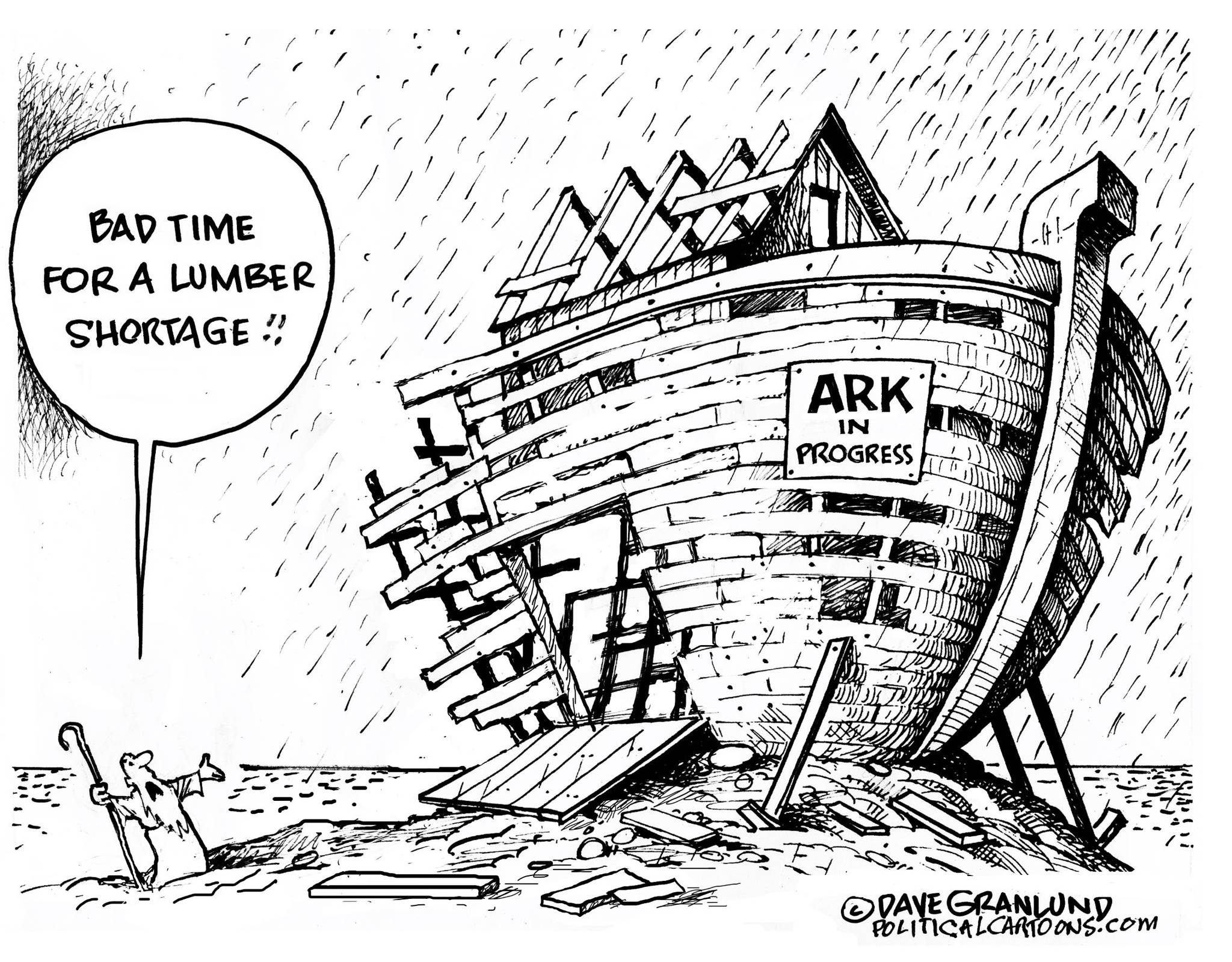A visit from Gov. Jay Inslee last week highlighted the importance of ports to Washington’s economy. But as the governor examined the Port of Vancouver’s impressive status as a major importer of wind turbine blades, it was impossible not to think about the chaos facing the global shipping industry.
As National Public Radio reported recently: “It’s making it more difficult for stores to restock their shelves, manufacturers, carmakers and builders to get the parts they need, and farmers to export their products. It’s an important reason, analysts say, that we’re seeing consumer prices surge.”
Starting last year with shutdowns caused by the pandemic, consumers turned their interests — and their dollars — toward goods rather than experiences. Demand surged for exercise bikes, electronics and home improvement materials, increasing the need for imports from Asia.
There is a reason Amazon’s net income during the first 12 months of the COVID-19 pandemic exceeded its combined net income from 2017-19. With consumers purchasing goods online, many of those goods needed to be shipped from the other side of the world. Now that the global economy is reawakening, demand has only increased and exacerbated the issue.
As Tom Bellerud of The Northwest Seaport Alliance said: “We are seeing a historic surge of cargo volume coming into our ports. The terminals are having a difficult time keeping up with processing all the cargo off these vessels fast enough.”
That has led to a traffic jam of sorts at sea, with container ships up and down the West Coast waiting for a spot to offload their bounty. Shipping costs have increased, and Washington exporters are facing delays while waiting for empty containers to carry their products back across the Pacific Ocean.
As the New York Times explained in March: “Around the planet, the pandemic has disrupted trade to an extraordinary degree, driving up the cost of shipping goods and adding a fresh challenge to the global economic recovery. The virus has thrown off the choreography of moving cargo from one continent to another.”
For Washington, which is regarded as the most trade-dependent state in the nation, the situation reverberates throughout the economy.
The state has 75 port districts (most do not handle container shipments) in 33 of its 39 counties, and Lori Otto Punke of the Washington Council on International Trade reports: “From the direct jobs provided by the mega-ports in Seattle and Tacoma to the economic activity generated in smaller communities like Ilwaco, Chinook, Kalama and Ridgefield, the breadth and scope of impact the state port system has on the regional economy is significant.”
In one example, Washington last year exported $637 million worth of apples — a 13 percent decrease from the previous year. With growing season in full swing and harvests beginning in coming months, shipping problems could hamper the state’s agriculture industry.
The container shipping industry was launched in 1956, and the advent of standardized metal carriers transformed the global economy. It allowed ships to carry more goods and simplified the loading and offloading of those ships. “Now,” writes NPR, “economists are concerned that the plumbing provided by these miracle boxes and the vessels that transport them is clogged.”
Unclogging that artery will be essential to global trade. And as global trade goes, so goes the Washington economy for both consumers and producers.
The Columbian is a family-owned newspaper based in Vancouver, Washington.


